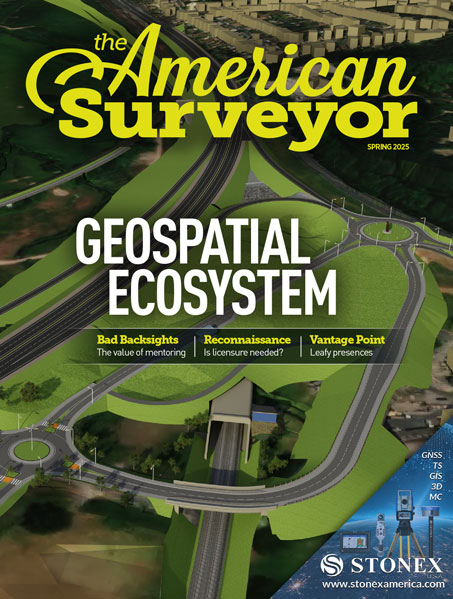"A number of factors appear to be driving input prices higher, including a weakening U.S. dollar, ongoing expansion in the global economy and unrest in the Middle East." —ABC Chief Economist Anirban Basu.
For the fifth consecutive month, prices for construction materials increased – rising 1.1 percent in February – according to the March 16 Producer Price Index (PPI) report by the Department of Labor. Year-over-year, construction materials prices are up 6.1 percent.
A number of categories experienced significant increases in materials prices in February. Steel mill product prices jumped 4.7 percent for the month and are up 13.3 percent year over year. Iron and steel producer prices were up 2.8 percent in February and are up 16.8 percent over the last 12 months. Nonferrous wire and cable prices increased 1.4 percent in February and are 11.9 percent higher from the same time last year. Prices for fabricated structural metal products increased by 0.9 percent in February and are up 4.6 percent year over year. Prepared asphalt, tar roofing, and siding prices increased by 0.6 percent for the month and are up 2 percent over the past twelve months.
Categories in which prices declined include softwood lumber, down 2.7 percent in February, but up 0.2 percent compared to the same time last year. Plumbing fixtures and fittings prices slipped 0.2 percent for the month, but are up 1.5 percent year over year. Concrete product prices were down 0.2 percent for the month and down 0.4 percent from February 2010.
Crude energy prices increased 0.9 percent for the month and are unchanged from the same time last year. Overall, the nation’s wholesale prices jumped 1.6 percent in February – the largest increase since June 2009. Year over year, wholesale finished goods prices are up 5.8 percent.
Analysis
“Given the ongoing malaise in both residential and nonresidential construction in the U.S., February’s price increases are noteworthy,” said Associated Builders and Contractors Chief Economist Anirban Basu. “A number of factors appear to be driving input prices higher, including a weakening U.S. dollar, ongoing expansion in the global economy and unrest in the Middle East.
“However, the data do not reflect the recent events in Japan. While the situation is heartbreaking, it may temporarily interrupt the upward movement in overall materials prices. Japan is a large oil consumer and its economy is suffering in the aftermath of the earthquake and tsunami,” said Basu.
“Despite two decades of sluggish economic performance, Japan’s economy remains the third largest in the world. Once rebuilding efforts begin in Japan, materials prices may begin to rise again and actually increase to the point that they will be more substantial than they have been over the past five months,” Basu said.
“Moreover, several leading indicators of nonresidential construction activity in the U.S., including ABC’s own national Construction Backlog Indicator suggest that nonresidential construction volumes are set to trend higher, particularly during the latter half of 2011. That is likely to place additional upward pressure on materials prices later this year,” said Basu.
To view the previous producer price index report, click HERE.
